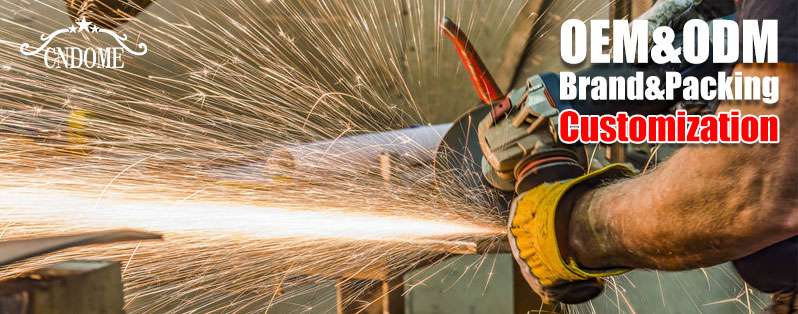Angle iron, a versatile and commonly used material in construction, manufacturing, and fabrication, requires the right tools for effective cutting. Among the best tools for the job are angle iron cutting wheel, specifically designed to handle the unique challenges posed by this material. In this guide, we’ll explore what angle iron cutting wheels are, their benefits, and tips for choosing the right one for your projects.
What Are Angle Iron Cutting Wheels?
Angle iron cutting wheels are specialized discs used in angle grinders or cut-off saws for cutting through angle iron and other similar metals. These wheels are engineered with specific abrasive materials and designs to ensure efficient cutting while minimizing wear and tear.
Benefits of Using Angle Iron Cutting Wheels
- Precision Cuts: Designed for clean, accurate cuts, these wheels help achieve professional results, making them ideal for both DIY enthusiasts and professional fabricators.
- Durability: Made from high-quality materials such as aluminum oxide or zirconia, angle iron cutting wheels offer excellent longevity, reducing the frequency of wheel changes and downtime.
- Versatility: While specifically designed for angle iron, these wheels can also be effective for cutting other metals, such as mild steel and stainless steel, making them a valuable addition to your toolkit.
- Speed: Angle iron cutting wheels provide fast cutting speeds, which can enhance productivity, especially in larger projects where time is of the essence.
- Reduced Heat Generation: Quality cutting wheels are designed to dissipate heat, reducing the risk of warping the material and extending the life of both the wheel and the grinder.
Choosing the Right Angle Iron Cutting Wheel
When selecting an angle iron cutting wheel, consider the following factors:
- Material Compatibility: Ensure the wheel is suitable for the type of angle iron you are working with. Check the specifications for compatibility with the specific metal grade.
- Wheel Thickness: Thinner wheels offer faster cuts but may wear out more quickly, while thicker wheels provide more durability but can be slower. Choose based on your cutting needs.
- Abrasive Type: Common abrasives include aluminum oxide for general cutting and zirconia for tougher materials. Consider the thickness and hardness of the angle iron.
- Arbor Size: Ensure the wheel’s arbor size matches your grinder. A proper fit is essential for safety and performance.
- RPM Rating: Verify that the wheel’s RPM rating matches or exceeds the RPM of your angle grinder. This ensures safe operation and optimal performance.
Tips for Using Angle Iron Cutting Wheels
- Safety First: Always wear appropriate PPE, including safety glasses, gloves, and hearing protection, to safeguard against debris and noise.
- Proper Technique: Use a steady, controlled motion when cutting to avoid binding the wheel. Let the tool do the work; applying excessive pressure can lead to premature wear.
- Cooling: Allow the wheel to cool between cuts if you’re working on a large project. Overheating can affect performance and reduce the wheel’s lifespan.
- Storage: Store cutting wheels in a dry, cool place to prevent moisture absorption and deterioration.
Conclusion
Angle iron cutting wheels are essential tools for anyone working with metal. By choosing the right wheel and employing proper cutting techniques, you can ensure high-quality results and extend the life of your equipment. Whether you’re a professional fabricator or a DIY enthusiast, investing in the right cutting wheels will make all the difference in your projects.
Online Message
Minimum Order Quantity: 5,000 Pcs, 10 Pcs Free Samples.
Contact Us For More Information!
Tel/WhatsApp
+86 18796960868
[email protected]
Address



